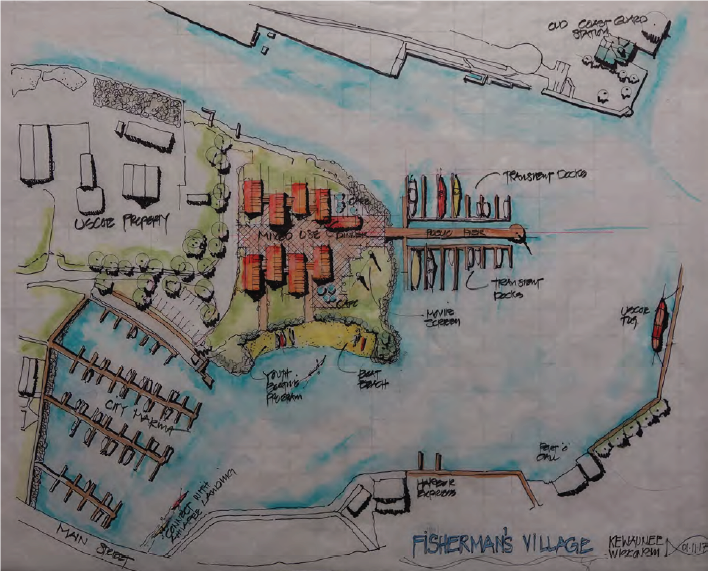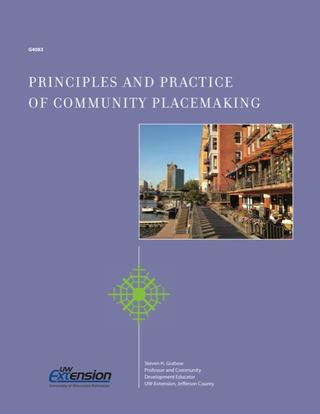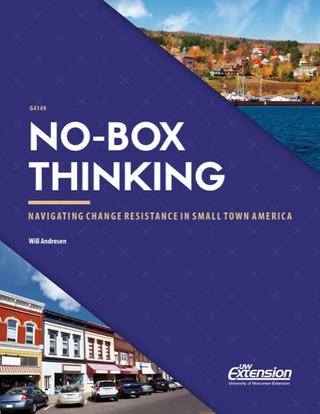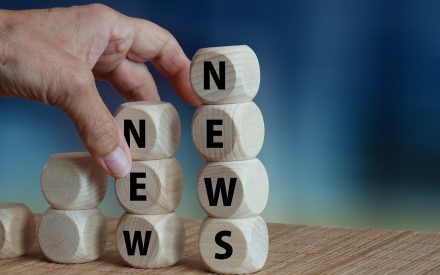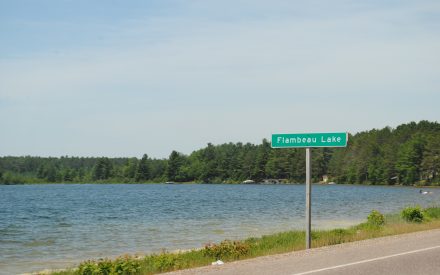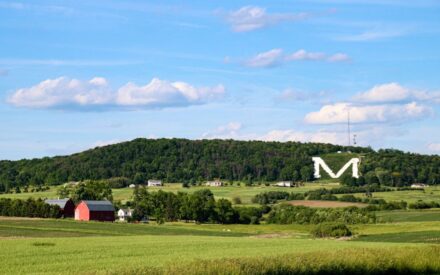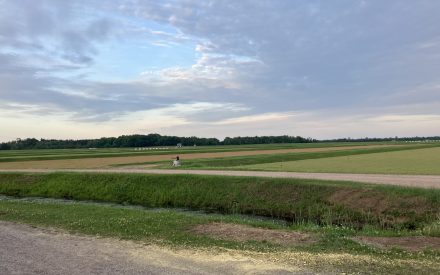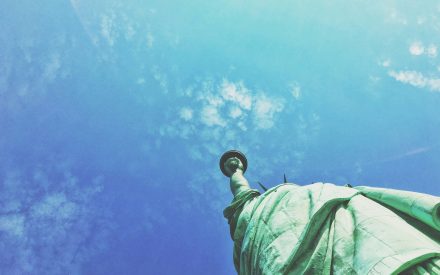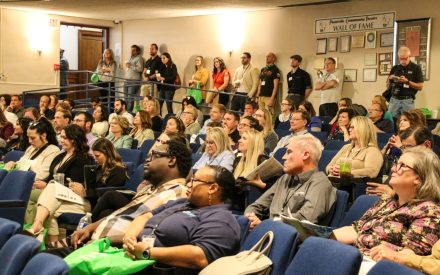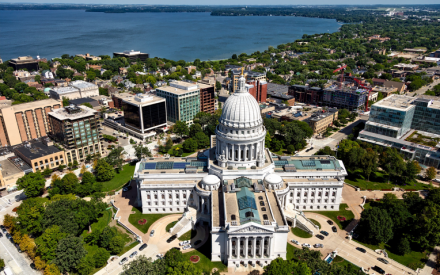Community
We work with Wisconsin communities to increase the quality of life and place.
Quality of life and place are essential elements of our communities. These elements are often described as local amenities, natural beauty, social connections (social capital), convenience retail and services, general livability, and more. We work with communities to increase the quality of life and quality of place for Wisconsin. Our programs help attract and retain community members of all ages and types, increase economic and social opportunities, and identify opportunities to grow without sacrificing local community values and the natural environment.
Community Vitality & Placemaking Signature Effort
All of the communities in our state all share the common ingredients-people and place. The quality of life we experience is shaped by natural, built, political, economic, and social environments. Community vitality and placemaking are academic terms used to describe the knowledge and activities that people can use to improve their quality of life. Here are the definitions that our research group will be using.
- Community Vitality: The community’s collective capacity to respond to change with an enhanced level of participation (process or pursuit of) with aspirations for a healthy and productive community (an outcome or shared vision of success). Shortly speaking, community vitality is the people‘s pursuit of a shared vision of a place.
- Placemaking: The process of people coming together to discover and express the unique and desired characteristics of their community.
In 2004, the University of Wisconsin-Extension formed the “Downtown Vitality & Community Placemaking Team” charged with conducting research and developing curriculum to help communities in Wisconsin revitalize their downtowns and develop their communities in ways that reflected their unique values and setting.
Over the years, the Team expanded its mission to include the vibrancy and development of the entire community thus rebranding itself as the “Community Vitality & Placemaking Team”. In 2019, the University of Wisconsin-Madison, Division of Extension recognized the Team’s valuable contributions as a “Signature Effort”. Today, the multi-disciplinary team of local educators, state specialists, and community affiliates meet regularly to develop and facilitate a variety of educational programs that help communities keep and make their place special.
Programs
The following programs have been developed to help communities discover and pursue opportunities for community vitality and placemaking.
First Impressions

The First Impressions program helps communities learn about existing strengths and weaknesses through the eyes of a first-time visitor. Using a “secret shopper” model, communities secretly visit one another and share what they learn. This program offers an effective and fun way to learn about the strengths and weaknesses of your community.
Small Community Forum
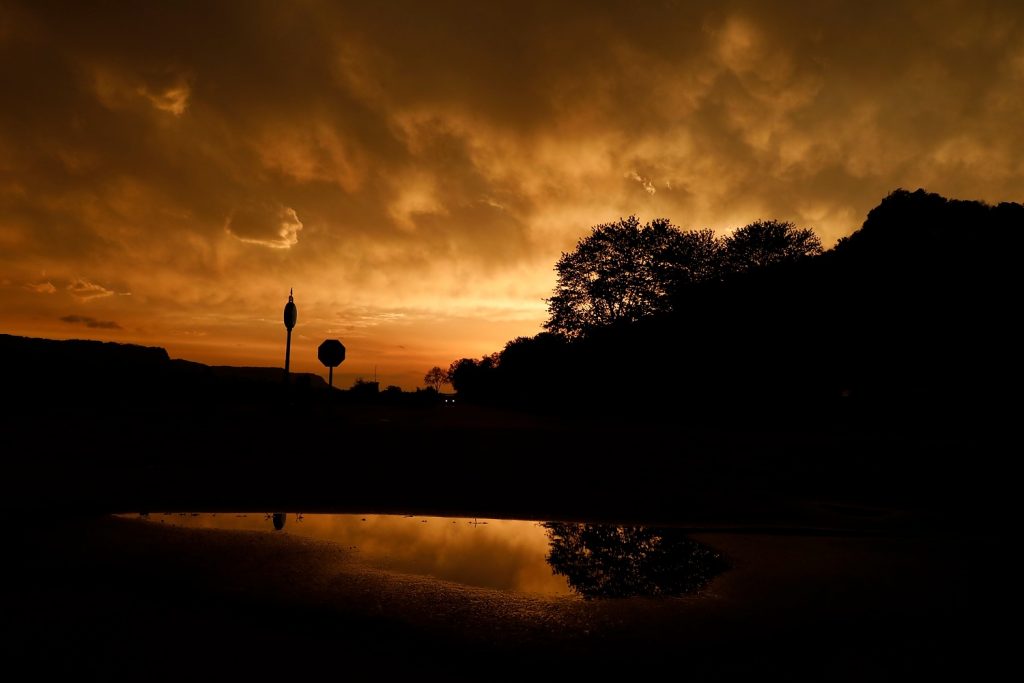
Small communities have unique issues and needs that are often very different from those of larger communities. These annual forums are intended to bring together those serving and working in and with communities of populations less than 1,500 to learn from each other through case studies and roundtable discussion groups.
Learn more about our Community Vitality + Placemaking Factsheets:
- Imageability Mapping: Identifying the “bones of the community” for the purpose of developing a shared understanding of community assets and opportunities for future growth.
- Park(ing) Day: Raising awareness of the amount of space dedicated to automobiles by temporarily reimagining individual parking spaces as parks, playgrounds, outdoor dining, and plazas.

